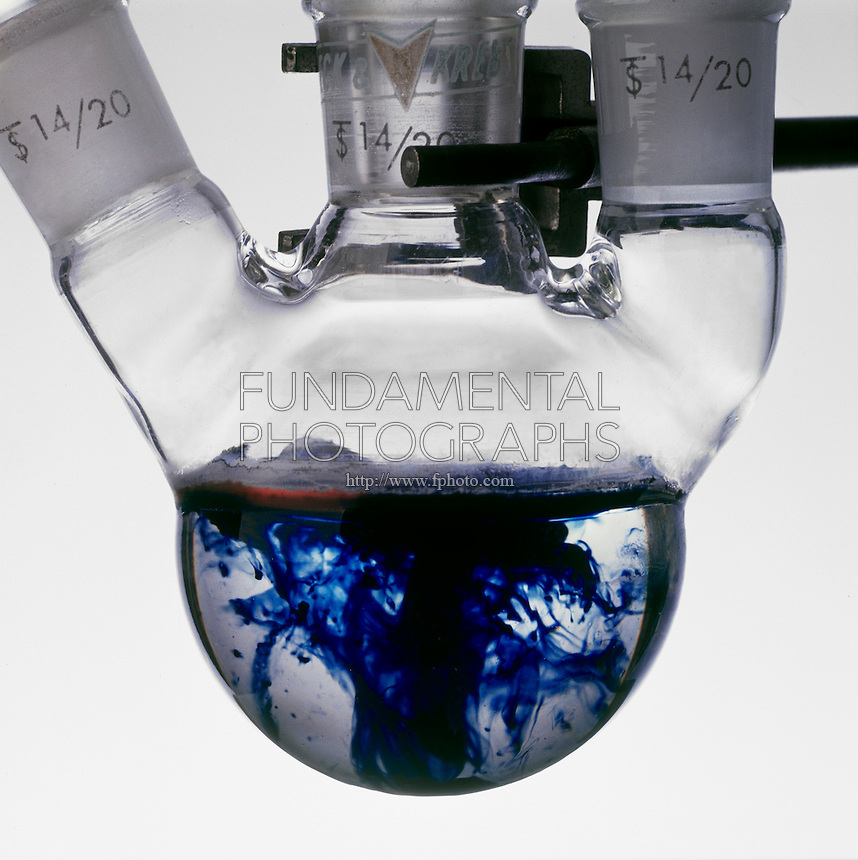How can ammonia gas be used in a chemical laboratory? What are the hazards?
1 Answer
Are you sure it does? When I walk into a lab, usually I can smell that someone has been using ammonia...
Explanation:
Ammonia is a water-like solvent; i.e. it is the hydride of an element that is quite electronegative resulting in polar element-element bond. Given its similarity to water, it should thus have substantial water solubility, and indeed it does....When we buy concentrated solutions of ammonia, (the stuff whose smell makes your eyes water when you open it) this is approx.
Ammonia gas is supplied in a metal cylinder, and can be conveniently collected by condensation with a dry-ice condenser...and this is the basis for the spectacular reaction of sodium with liquid ammonia....which you should be shown in first year uni...

Atop this flask there is an acetone-dry-ice condenser, capable of condensing ammonia (

